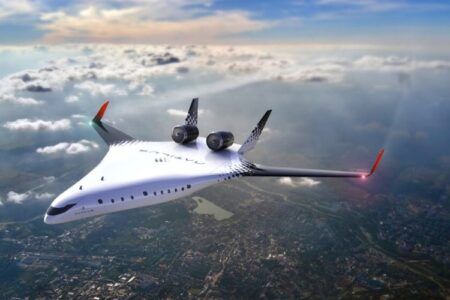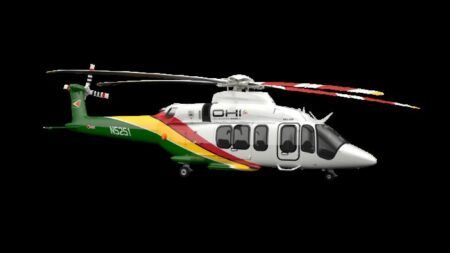The Defense Advanced Research Projects Agency’s (DARPA) Fast Lightweight Autonomy (FLA) program recently demonstrated that a commercial quadcopter platform could achieve 20m/s flight while carrying a full load of sensors and cameras.
The FLA program aims to develop and test algorithms that could reduce the amount of processing power, communications, and human intervention needed for unmanned aerial vehicles (UAVs) to accomplish low-level tasks, such as navigation around obstacles in a cluttered environment.
If successful, FLA would reduce operator workload and stress and allow humans to focus on higher-level supervision of multiple formations of manned and unmanned platforms as part of a single system. Through this exploration, the program aims to develop and demonstrate the capability for small (able to fit through windows) autonomous UAVs to fly at speeds up to 20m/s with no communication to the operator and without GPS.
FLA technologies could be especially useful in addressing a pressing surveillance shortfall. Military teams patrolling dangerous overseas urban environments and rescue teams responding to disasters such as earthquakes or floods currently can use remotely piloted UAVs to provide a bird’s-eye view of the situation, but to know what’s going on inside an unstable building or a threatening indoor space often requires physical entry, which can put troops or civilian response teams in danger.
This testing was carried out at Joint Base Cape Cod (JBCC) / Otis Air National Guard Base in Massachusetts, USA, in a disused hanger converted to look like a warehouse.
The three performer teams are Draper, teamed with the Massachusetts Institute of Technology (MIT); the University of Pennsylvania; and Scientific Systems Company, Inc. (SSCI), teamed with AeroVironment.
The FLA program’s initial focus is on UAVs, but advances made through the program could potentially be applied to ground, marine and underwater systems, which could be especially useful in GPS-degraded or denied environments.
February 19, 2016




